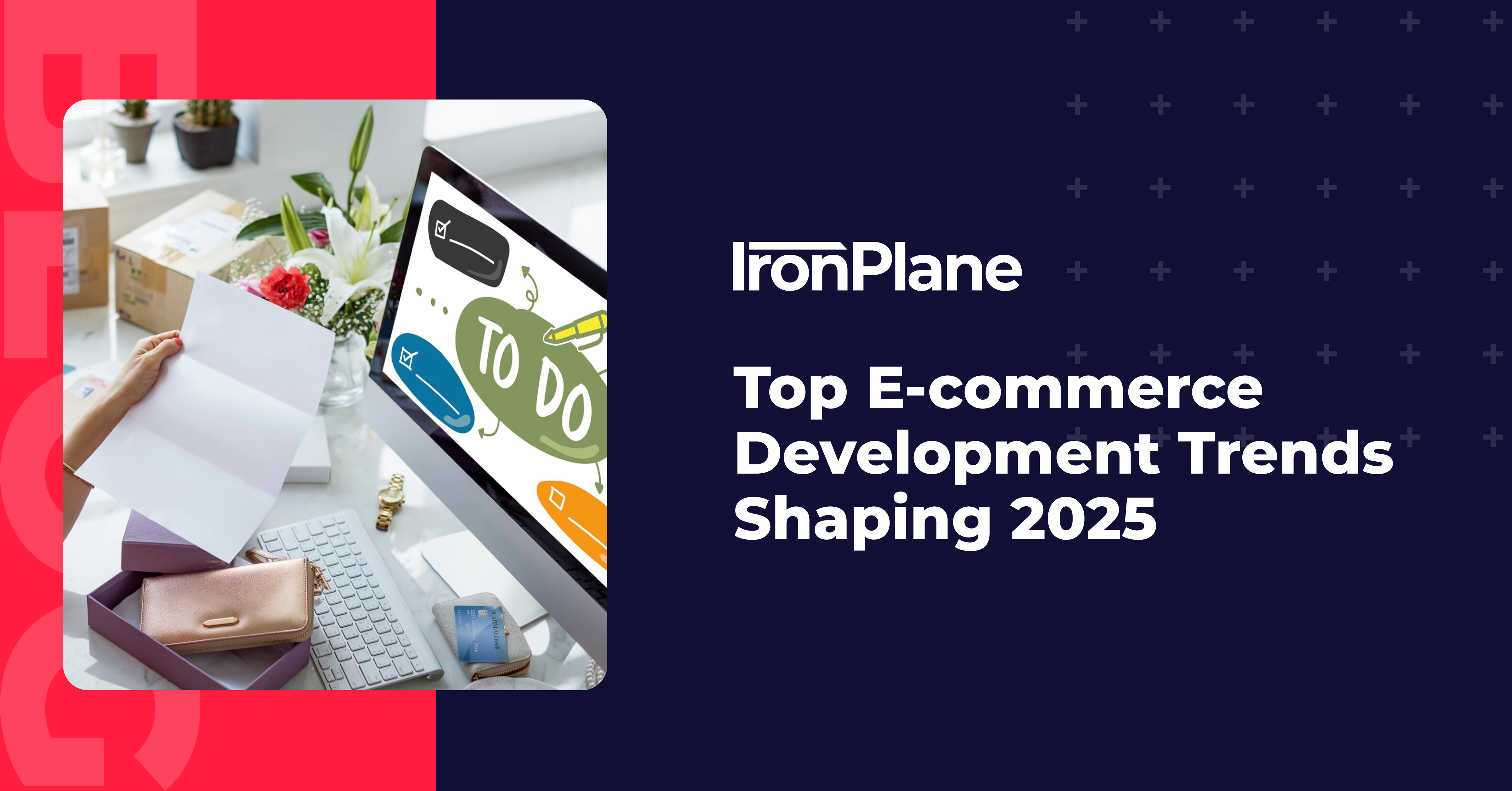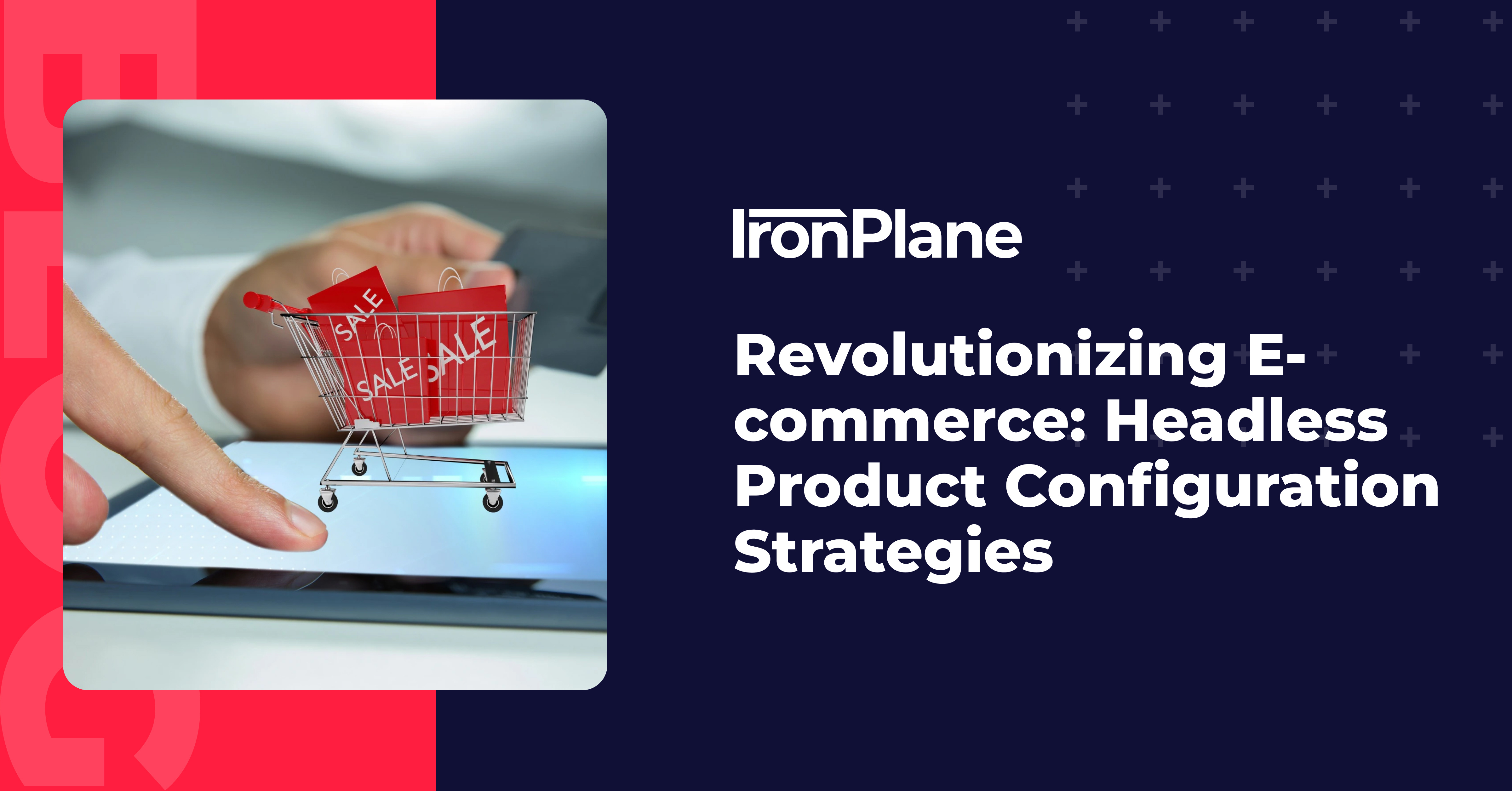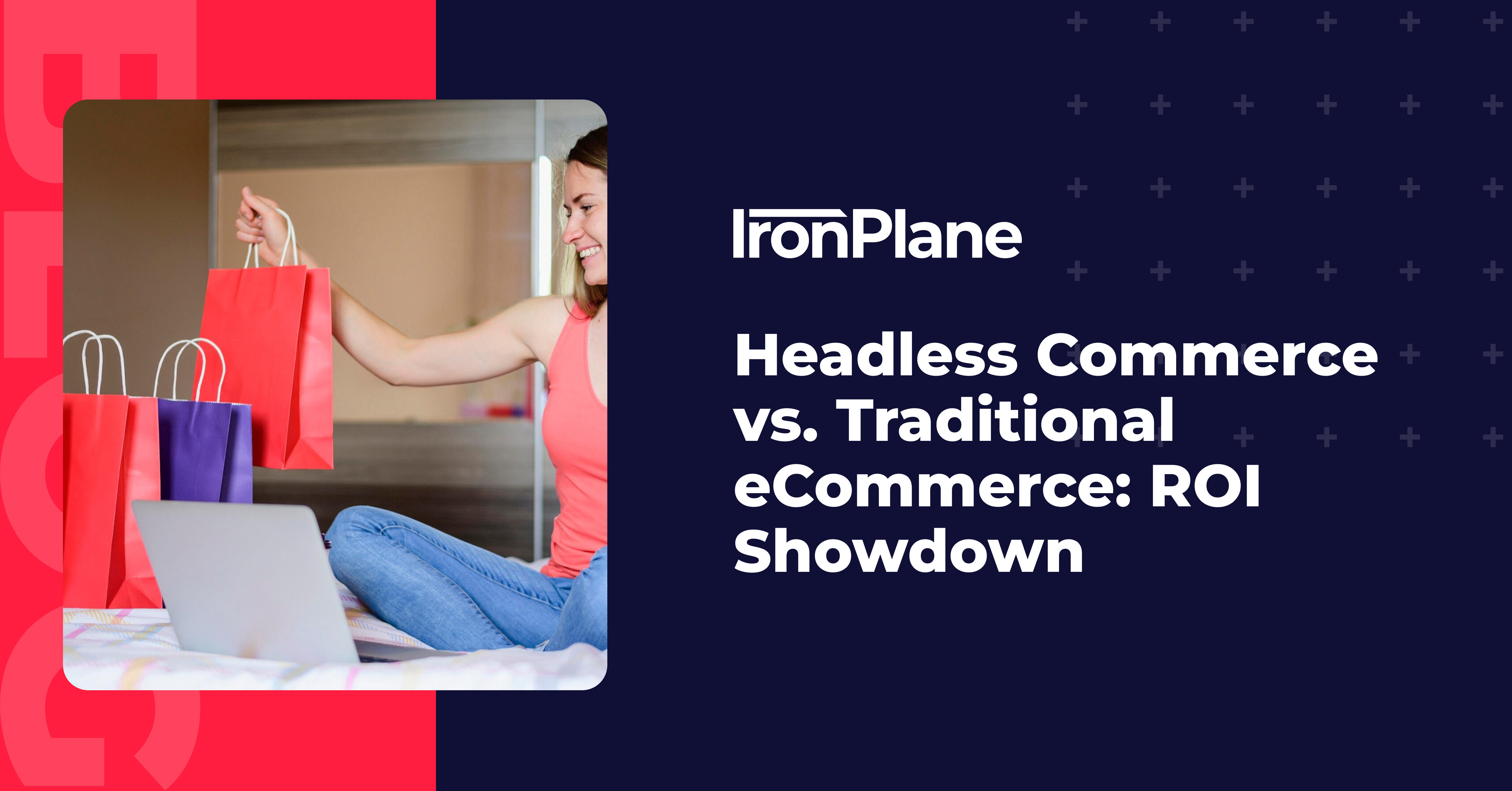Revolutionizing E-commerce: Headless Product Configuration Strategies
E-commerce businesses are always looking for ways to improve their online stores. One new approach that's becoming popular is headless product configuration. This strategy is changing how online stores work by making them more flexible and faster.


 Jeff Zoldy
Jeff Zoldy




